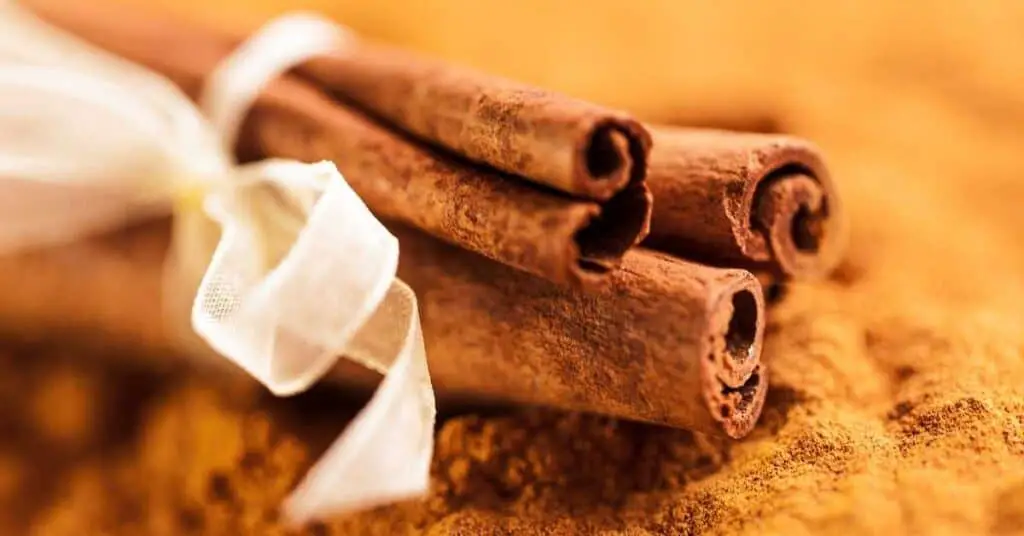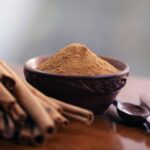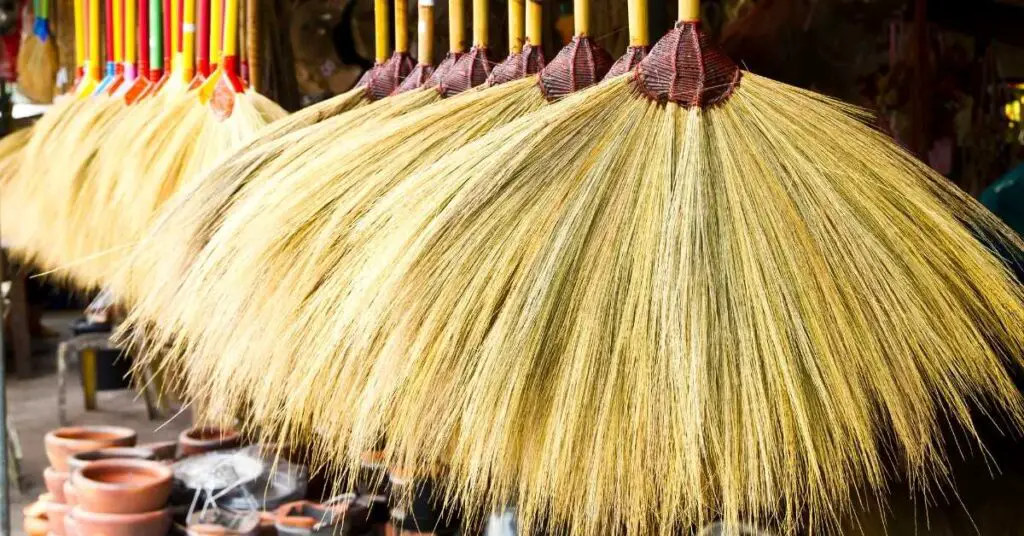Cinnamon is a dried tree bark that is used as a spice. It has a unique flavor and aroma that is popular in many cuisines. Despite its strong flavor, cinnamon does not dissolve in water. This is because cinnamon is mostly composed of insoluble fibers. When these fibers come into contact with water, they swell up and form a gel-like substance. This substance does not dissolve in water, but it can be dispersed throughout the liquid. As a result, cinnamon does not dissolve in water, but it can be infused into the liquid to create a flavored tea or coffee.
Cinnamon is a spice that is derived from the bark of a tree in the genus Cinnamomum. The bark is dried and then ground into a powder. Cinnamon has a very distinctive taste and smell, and it is used to flavor both sweet and savory dishes.
While cinnamon is soluble in water, it does not dissolve. This is because cinnamon is very fibrous. The particles of powdered cinnamon won’t dissolve. Instead, they absorb water and come to the surface of the drink or remain at the bottom of the cup if coarsely ground. While this may be undesirable in some situations, it can also be used to create interesting culinary effects. For example, by sprinkling cinnamon on top of a beverage, you can create a layered effect with different colors and tastes.
Does cinnamon dissolve in any other liquid?
Cinnamon has a very distinct flavor that can enhance the taste of many different dishes, which is why it is such a popular spice. Cinnamon can be used in both sweet and savory dishes, and it is particularly common in baking. Cinnamon is obtained from the inner bark of a tree, and it is very fibrous. Even when grounded, your attempts to dissolve it in liquids won’t be successful. In fact, when you try to dissolve cinnamon in liquids, the fibrous particles expand. This is when most people experience cinnamon clumps in drinks. Despite this quirk, cinnamon remains a popular spice due to its unique flavor and versatility.
Why does ground cinnamon turn slimy in water ?
When you put ground cinnamon in water, it will eventually turn into a slimy sludge. This is because cinnamon is a fibrous powder, and its fibers will absorb as much moisture as they can. This leads to the creation of a slimy sludge, which can effectively trap the passage of water. In addition, the cinnamon will release oils into the water, which can also contribute to the slimy texture. However, this only happens if you use a lot of cinnamon or if you let it sit in the water for an extended period of time. If you just add a small amount of cinnamon to your water, it should remain in powder form and not turn slimy.
How to dissolve cinnomon?
Cinnamon is a spice made from the inner bark of Cinnamomum trees. It is used in both sweet and savory dishes and is prized for its warm, woody flavor. cinnamon can be added to food in either ground or whole form, but it is more difficult to dissolve than other spices. This is because cinnamon’s essential oils are insoluble in water. When added to boiling water, cinnamon will float to the surface and remain undissolved.
One way to dissolve cinnamon is to grind it into a fine powder using a coffee grinder or mortar and pestle. The smaller the particles are, the easier they will be to dissolve. Boil a cup of water and add half a teaspoon of ground cinnamon. Stir well, cover the container, and let the mixture cool. Strain the mixture using a fine-mesh strainer if you want to get rid of cinnamon particles. Add a teaspoon of honey and stir. You can also add other ingredients, such as apple or orange slices, for added flavor.
Another way to dissolve cinnamon is to use whole sticks instead of ground powder. Simply add one or two sticks of cinnamon to boiling water and let them steep for 10 minutes before removing them. The essential oils from the cinnamon will have infused the water, giving it a rich flavor without any undissolved particles. This method is ideal for making cinnamon tea or flavoring other beverages.
No matter which method you choose, cinnamon makes a delicious and warming addition to many different dishes. Its unique flavor pairs well with sweet foods like baked goods and pudding, as well as savory dishes like chicken curry and chili. With a little effort, you can easily incorporate this versatile spice into your cooking repertoire.
How to use cinnamon in beverages like hot coffee, etc.
Cinnamon has a long and storied history, dating back to ancient Egypt where it was used as both a spice and a medicine. In more recent years, it has become a popular flavor for coffee, tea, and other hot beverages. When used properly, cinnamon can add a warm, spicy flavor to your drink without overwhelming the other flavors. There are two primary ways to add cinnamon to your beverage: steeping a cinnamon stick in the liquid, or adding a drop or two of cinnamon oil. If you opt for the former, be sure to remove the cinnamon stick before drinking. Otherwise, you run the risk of your drink becoming overly spicy. If you choose to add cinnamon oil, start with less than a drop per cup and increase the amount to taste. Keep in mind that too much oil can give your drink an unpleasant flavor. With a little trial and error, you can easily find the perfect balance of cinnamon flavor for your next cup of coffee or tea.
Alternatives to cinnamon in coffee, tea, etc.
If you’re looking for an alternative to cinnamon in your coffee, tea, or other hot beverage, consider using one of these spices instead:
– Nutmeg
– Allspice
– Cloves
– Ginger
– Anise seed
– Fennel seed
Each of these spices will add a unique flavor to your drink that can complement the existing flavors or stand on its own. As with cinnamon, it’s important to start with a small amount and increase it to taste. Too much of any spice can make your drink unpalatable. When in doubt, err on the side of caution and add less rather than more. With a little experimentation, you’ll be able to find the perfect combination of flavors for your next cup of coffee or tea.
Conclusion
While cinnamon may be used to add flavor to many different dishes, it is not particularly soluble in water. This is due to the way that cinnamon is composed of long, fibrous strands. When these strands are placed in water, they tend to form a tangled mass that does not dissolve easily. In addition, cinnamon contains essential oils that are not very soluble in water. As a result, even if the cinnamon breaks down into smaller pieces, it will still not dissolve completely. For these reasons, it is best to add cinnamon sparingly to recipes that call for it, as too much can make the dish taste overpowering and unappetizing.












